Introduction to Water & Wastewater Treatment Technologies
A number of treatment technologies are outlined below, which we hope you will find useful. If we can help you with consultancy for your own scheme, please contact us via the form.
The treatment of water or wastewater relies on a number of individual unit operations which are combined to make a process, often referred to as a process treatment scheme.
Unit processes and mechanisms
The unit operations are all based on a relatively narrow range of governing principles. The same underpinning mechanisms apply to the process whether it is water from the ground, lakes, reservoirs, rivers or the sea which is to be purified for drinking, or whether it is wastewater (i.e. sewage or industrial effluent) which is to be cleansed for safe discharge to the environment.
Consultation Request
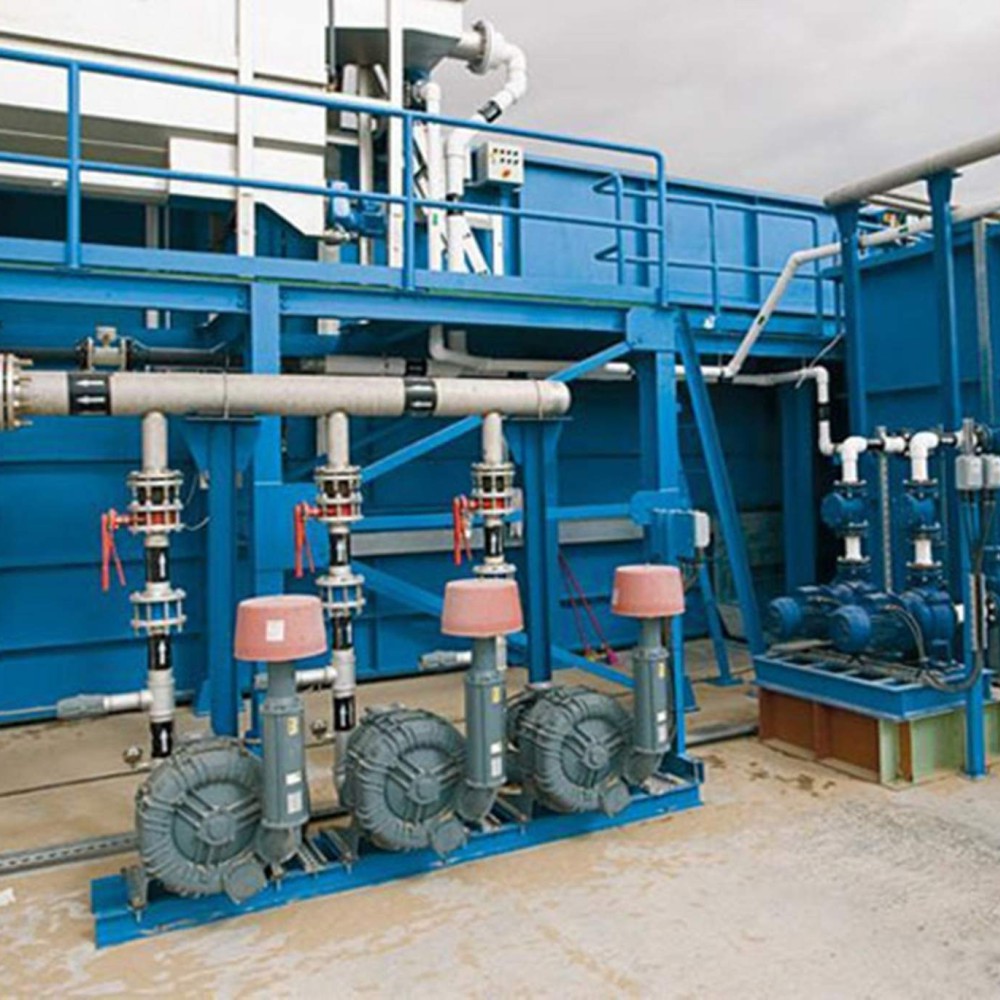

Treatment Mechanism
These mechanisms can be classed as physical or chemical in nature, and the chemistry may involve a change in oxidation state. These types of reactions are examples of redox – ‘reduction/oxidation‘ where the oxidation of one species must necessarily be accompanied by the reduction of another. This then means that almost all unit processes are ultimately subject to a limited set of physical, chemical and biochemical principles, and their design and operation subsequently governed by specific mathematical equations.

Suspended and dissolved solids removal
Water and wastewater treatment processes all operate either by physical separation of the suspended target pollutant(s), or by transforming the dissolved pollutant(s) to something innocuous. Physical separation is achieved either through gravitational forces, which allow the suspended solids to sink or float, or by filtering. Filtering can take place by passing the water through a bed of porous material, such as a column of sand, or by straining through a septum or membrane - not unlike a kitchen sieve, but with much smaller holes. The suspended particles can be aggregated by coagulation-flocculation to make them easier to remove, since both gravitation separation and filtration tend to be more effective on larger particles.

Conversion necessarily involves chemistry or biochemistry, and the chemical reaction may be either redox or non-redox. Many chemical and biochemical processes operate by oxidation, the end products in the case of organic pollutants normally being carbon dioxide, nitrate and water. Examples of chemical reduction include the quenching of excess chlorine using bisulphite or the biochemical reduction of nitrate to nitrogen, the latter being referred to as ‘denitrification’. There also exist many important non-redox chemical processes, such as pH adjustment or precipitation of alkaline earth salts such as calcium carbonate or sulphate.
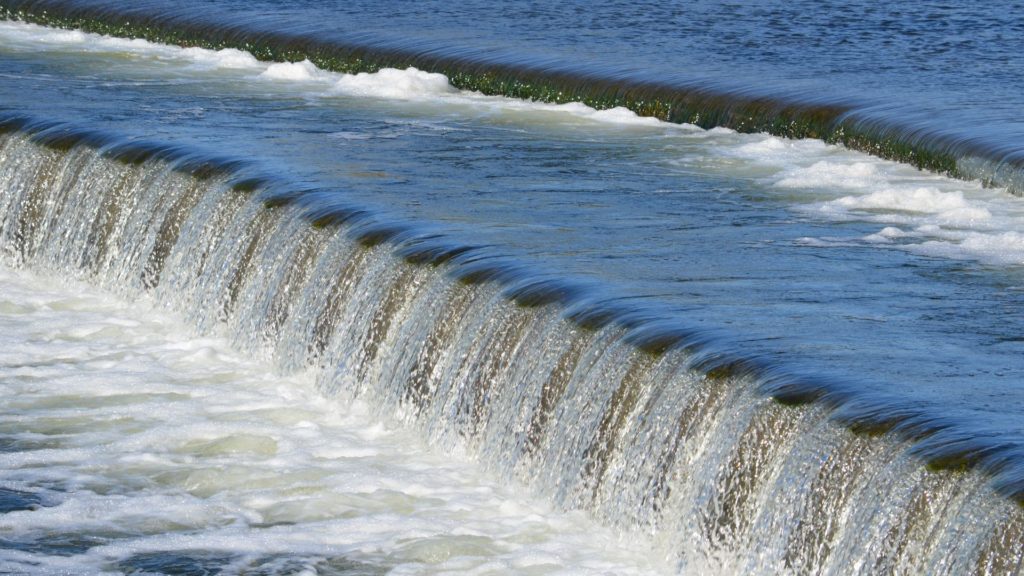

Dissolved solids can be removed through a number of different methods:
- conversion to suspended materials, generally using chemicals to precipitate the contaminant as a solid or gas, to allow them to be removed by physical separation
- adsorption onto a solid material, which may either be suspended or fixed as a bed, such as powdered or granular activated carbon
- rejection using dense membrane processes, such as reverse osmosis or nanofiltration, or
- conversion to relatively innocuous end products.
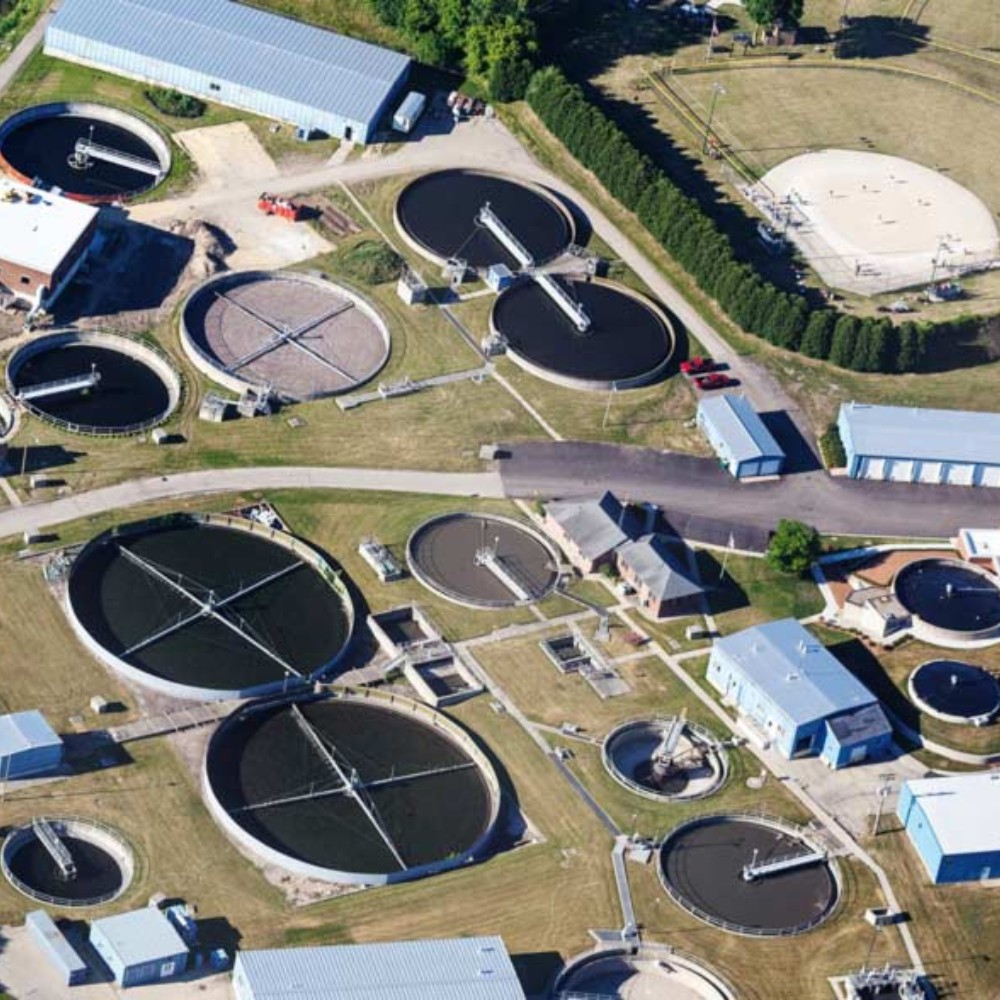

Water and wastewater treatment processes
In general, raw waters requiring purification for drinking are treated by a sequence of solid–liquid separation processes, such as floc blanket clarification and sand filtration, enhanced by chemical dosing (coagulation-flocculation). These waters are then disinfected, that is the harmful micro-organisms are inactivated, by chemical oxidation, most usually by chlorination but sometimes via ozonation or UV irradiation. Supplementary processes for removing potentially harmful dissolved contaminants may include ozonation combined with activated carbon, and in some cases the separation process may be based on membrane technology. Desalination, for example, is widely achieved with either membrane separation (reverse osmosis) or a thermal evaporation process.

Wastewaters are classically treated in two stages:
- physicochemical treatment to remove the majority of the load, followed by
- biochemical oxidation to biologically degrade the dissolved organic matter, with further treatment possible if a higher treated water quality is required.

KEY
- FBC Floc blanket clarification
- DAF Dissolved air flotation
- RGF Rapid gravity (sand) filtration
- UF/MF Ultrafiltration/microfiltration
- Oz Ozonation
- AC Activated carbon
- Chlor Chlorination
- UV ultraviolet irradiation (disinfection).
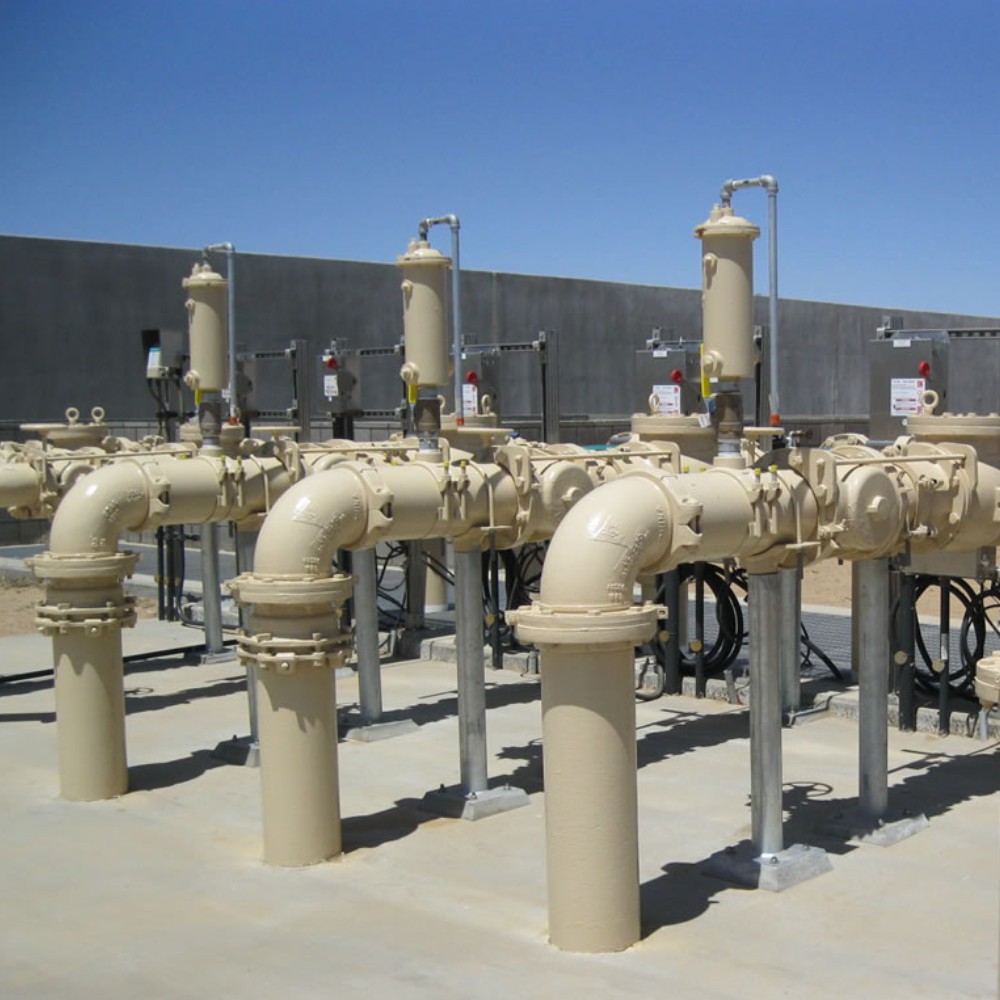

Aerobic biological treatment
Biological processes can be classed according to the nature of the biology, and specifically the redox reaction or electron transfer. The latter normally relates to the food source of the micro-organism concerned, which may then in turn depend on the prevailing conditions and, specifically, the presence of a source of oxygen. The conditions are generally defined according to whether there is a supply of dissolved oxygen or DO (‘aerobic‘ conditions), an absence of DO but a supply of oxyanions like nitrate (‘anoxic‘ conditions) or the absence of both of these (‘anaerobic‘). The conditions will then determine the biochemical conversion.
Although broadly based on the same biochemistry, there is a significant number of variations in the design or configuration of the aerobic biochemical process. These technologies can be roughly categorised as either:
- ’fixed film‘, where the biomass carrying out the biochemical reactions is fixed to some medium, or
- ’suspended growth‘, where the biomass is distributed as particles (or ’flocs‘) in a tank.
Some, such as the integrated fixed film activated sludge (IFAS) process, combine both of these aspects in its design. In this process, plastic media are added to the biotank to encourage the growth of a fixed film on the media and so improve the distribution and the retention of the biomass in the tank.

Biological Treatment Processes
Chemical and biochemical oxidation processes for organic matter normally achieve the same goal but use different reagents and process configurations. The pollutant ammonia can be oxidised to nitrate either biochemically – using micro-organisms and specifically ’nitrifiers‘ – or chemically using chlorine. The chlorination route is relatively rapid, in the region of 10–30 minutes, but leads to the formation of potentially harmful chlorinated by-products. The biochemical process is slow, taking anything between 6 and 48 hours depending on the nature of the feed water, but is extremely efficient in that the organic matter is almost quantitatively converted to innocuous products. In the fields of microbiology and biochemistry, such reactions are given specific names. For example, the biochemical reduction of nitrate to nitrogen is termed ’denitrification‘ and the oxidation of ammonia to nitrate called ’nitrification‘.
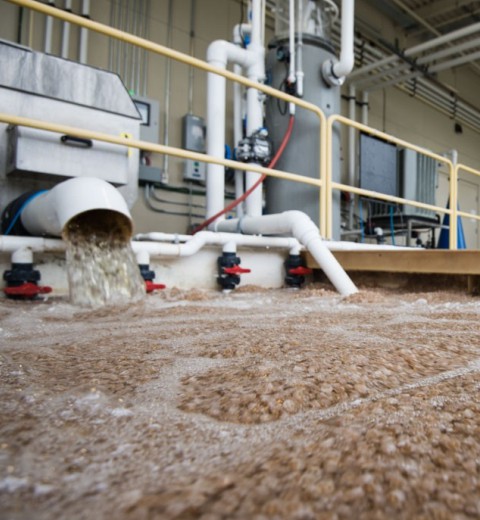
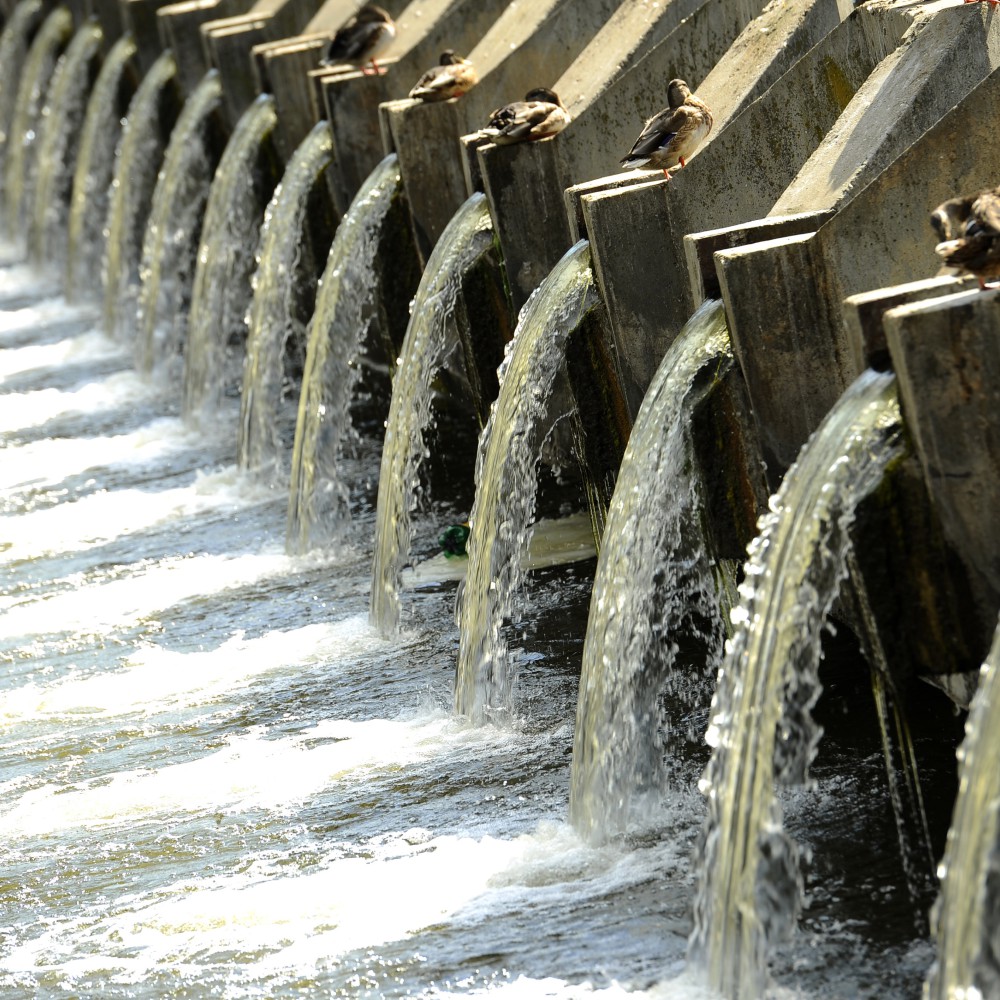

Process mechanisms in combination
There are dozens of different technology types, and these may act through more than one process principle. For example, simple chlorination can both oxidise organic matter and disinfect water. A simple slow sand filter used in potable water treatment processes combines surface filtration with biochemical oxidation through the formation of a thick biofilm (usually referred to as the ’Schmutzdecke‘) on the filter surface. A membrane bioreactor (MBR) combines the same two process principles, but it is used for wastewater treatment and the configuration of the technology differs completely from that of the slow sand filter. So, although the governing principles may be the same, the way in which they are used in various treatment technologies and across applications varies widely.
